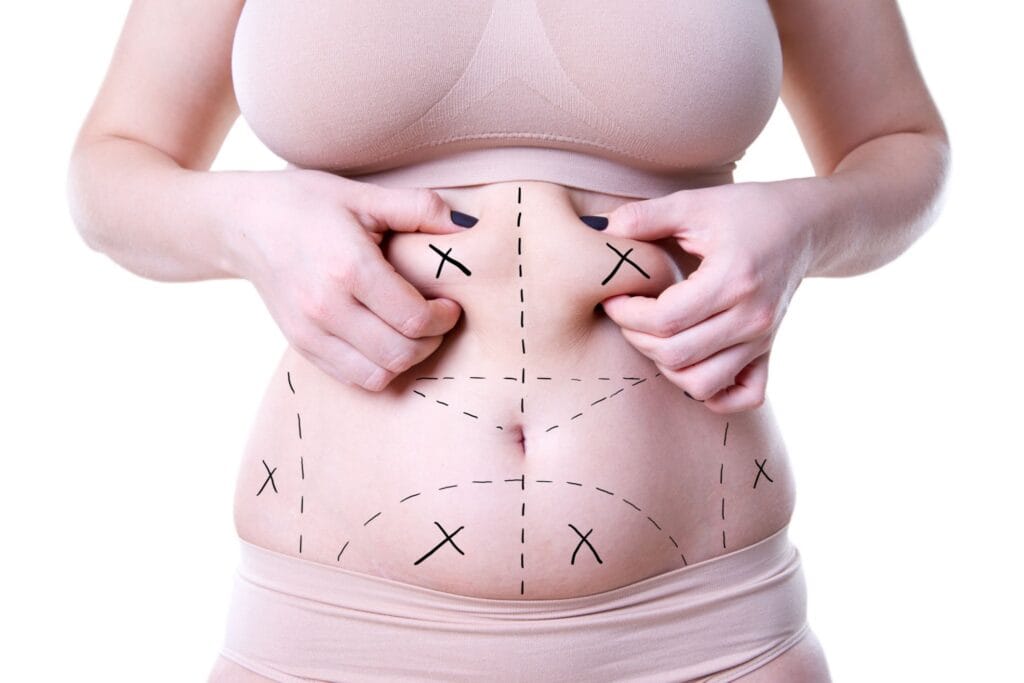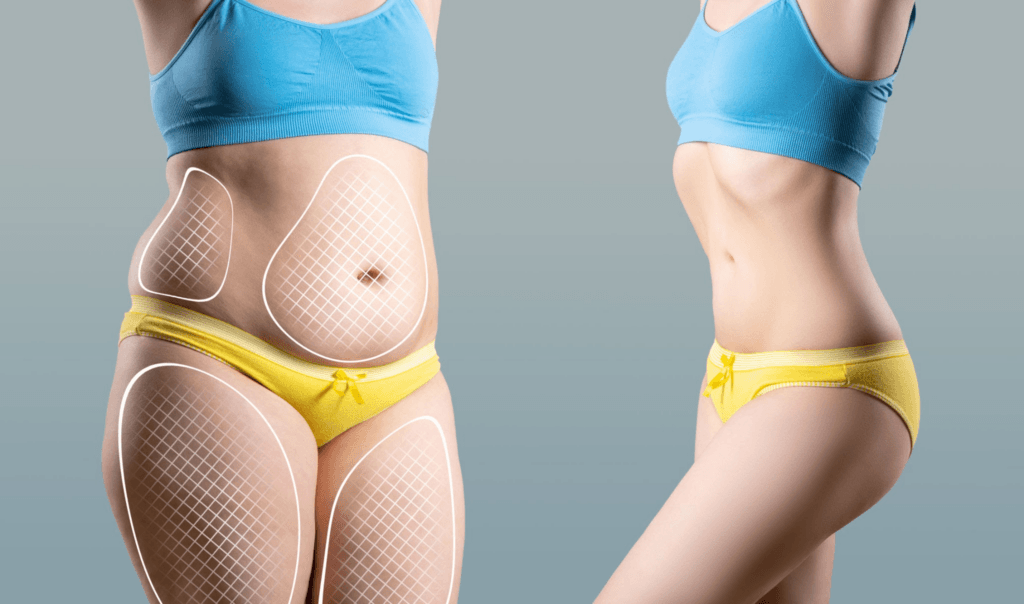Curious about how adipose tissue is collected for medical or cosmetic procedures? Whether you’re considering fat transfer, liposuction, or regenerative medicine treatments, understanding the process of adipose tissue collection is crucial. This comprehensive guide will walk you through everything you need to know about how adipose tissue is harvested, processed, and utilized in various procedures.
In this guide, we’ll cover:
- The different methods of adipose tissue collection and their applications.
- How adipose tissue is processed and prepared for medical and cosmetic use.
- The benefits and risks associated with adipose tissue collection.
- What to expect during and after the collection process.
Let’s dive in and explore the fascinating world of adipose tissue collection!
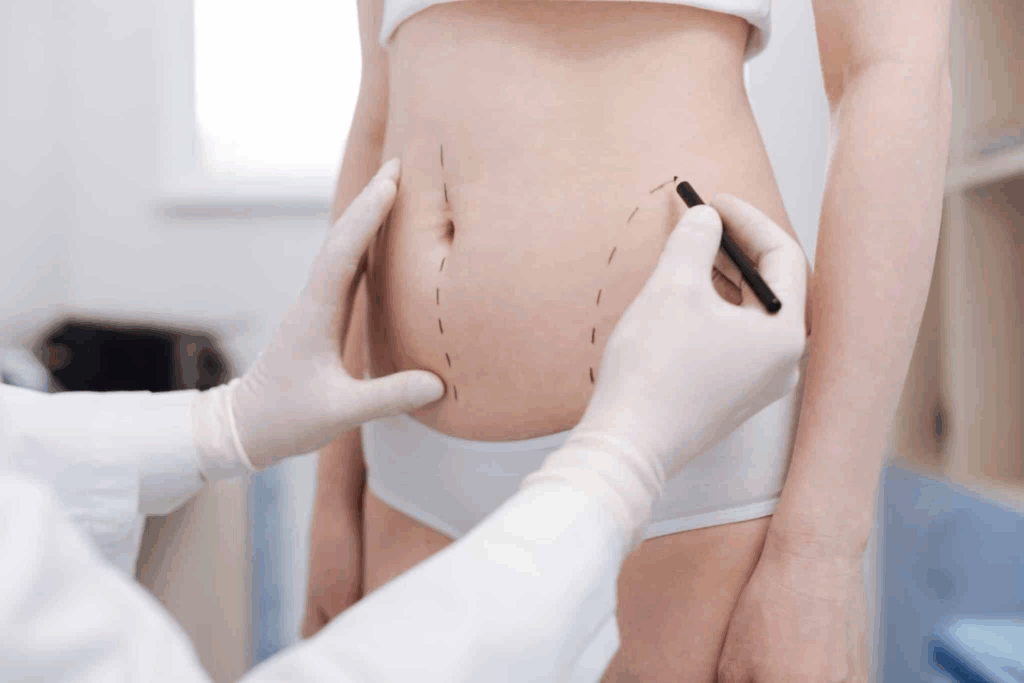
İçindekiler
1. Methods of Adipose Tissue Collection
1.1. Liposuction
Liposuction is the most common method for collecting adipose tissue. It involves the removal of fat cells from specific areas of the body using a suction technique. Liposuction can be performed using various methods, including:
- Tumescent Liposuction: Involves injecting a solution into the fat layer to facilitate fat removal.
- Ultrason Destekli Liposuction (UAL): Yağları emmeden önce sıvılaştırmak için ultrason enerjisi kullanılır.
- Lazer Destekli Liposuction (LAL): Utilizes laser energy to break down fat cells.
| Method | Tanım | Applications |
|---|---|---|
| Tumescent Liposuction | Injection of a solution to facilitate fat removal | Fat transfer, body contouring |
| Ultrasound-Assisted Liposuction (UAL) | Uses ultrasound energy to liquefy fat | Large volume fat removal, body sculpting |
| Laser-Assisted Liposuction (LAL) | Uses laser energy to break down fat cells | Precision body contouring, skin tightening |
1.2. Fat Transfer Procedures
Adipose tissue can be collected for fat transfer procedures, where fat is harvested from one area of the body and injected into another area for augmentation or rejuvenation. Common fat transfer procedures include:
- Meme Büyütme: Fat is transferred to the breasts for natural augmentation.
- Buttock Augmentation (Brazilian Butt Lift): Fat is injected into the buttocks for enhancement.
- Facial Rejuvenation: Fat is used to restore volume and reduce wrinkles in the face.
1.3. Biopsy and Aspiration Techniques
For medical research and diagnostic purposes, adipose tissue can be collected through biopsy or aspiration techniques:
- Needle Biopsy: A small sample of adipose tissue is extracted using a needle.
- Open Biopsy: A surgical procedure to remove a larger sample of adipose tissue.
- Fine Needle Aspiration (FNA): Uses a fine needle to aspirate adipose tissue for diagnostic testing.
1.4. Regenerative Medicine Applications
Adipose tissue is rich in stem cells, making it valuable for regenerative medicine applications. Collection methods for regenerative purposes include:
- Stromal Vascular Fraction (SVF) Isolation: Adipose tissue is processed to isolate stem cells and other regenerative components.
- Adipose-Derived Stem Cell (ADSC) Therapy: Stem cells are extracted and used for various therapeutic applications.
Pro Tip: Consult with a qualified medical professional to determine the most suitable adipose tissue collection method for your specific needs and goals.
2. Processing and Preparation of Adipose Tissue
2.1. Harvesting and Collection
The process of harvesting adipose tissue involves several steps to ensure the tissue is collected safely and efficiently:
- Patient Preparation: The patient is prepared for the procedure, including marking the areas for fat removal and administering anesthesia.
- Incision and Cannula Insertion: Small incisions are made, and a cannula is inserted to suction out the fat.
- Fat Extraction: The adipose tissue is gently suctioned out using the cannula.
- Collection and Storage: The collected adipose tissue is stored in sterile containers for processing.
2.2. Processing Techniques
Once collected, adipose tissue undergoes processing to prepare it for medical or cosmetic use:
- Centrifugation: The adipose tissue is spun in a centrifuge to separate fat cells from other components.
- Filtration: The tissue is filtered to remove impurities and non-essential components.
- Purification: The purified adipose tissue is prepared for reinjection or other applications.
2.3. Applications in Medical Procedures
Processed adipose tissue can be used in various medical procedures, including:
| Prosedür | Application |
|---|---|
| Yağ Transferi | Breast augmentation, buttock augmentation, facial rejuvenation |
| Regenerative Medicine | Stem cell therapy, tissue repair, wound healing |
| Cosmetic Enhancements | Body contouring, skin rejuvenation, scar revision |
2.4. Safety and Sterilization
Ensuring the safety and sterilization of collected adipose tissue is paramount. This involves:
- Sterile Equipment: Using sterilized instruments and containers to prevent contamination.
- Proper Handling: Adhering to strict protocols for handling and processing adipose tissue.
- Quality Control: Conducting quality checks to ensure the tissue is safe and effective for its intended use.
Pro Tip: Always ensure that the facility and medical professionals handling your adipose tissue collection adhere to the highest standards of safety and sterilization.
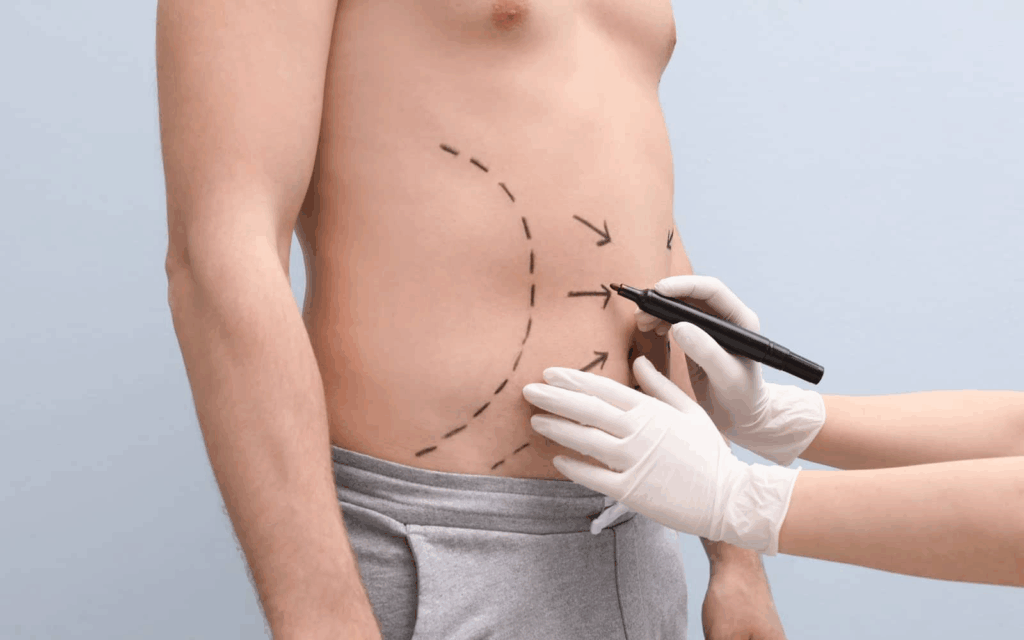
3. Benefits and Risks of Adipose Tissue Collection
3.1. Benefits of Adipose Tissue Collection
Collecting adipose tissue offers numerous benefits for both medical and cosmetic applications:
- Natural Augmentation: Provides a natural alternative to synthetic fillers or implants.
- Regenerative Potential: Rich in stem cells, adipose tissue can support tissue repair and regeneration.
- Minimal İnvaziv: Many collection methods are minimally invasive, resulting in shorter recovery times.
- Versatile Applications: Can be used for a wide range of medical and cosmetic procedures.
3.2. Potential Risks and Complications
While adipose tissue collection is generally safe, there are potential risks and complications to be aware of:
- Enfeksiyon: Risk of infection at the collection site.
- Kanama: Possible bleeding during or after the procedure.
- Şişlik ve Morarma: Common side effects that typically resolve within a few weeks.
- Asimetri: Uneven fat removal or transfer can result in asymmetry.
| Risk | Prevention and Management |
|---|---|
| Enfeksiyon | Sterile techniques, proper wound care, antibiotics if necessary |
| Bleeding | Proper surgical techniques, post-operative monitoring |
| Şişlik ve Morarma | Compression garments, ice packs, rest |
| Asimetri | Skilled surgeon, careful planning, potential revision procedures |
3.3. Recovery and Aftercare
Proper recovery and aftercare are essential for achieving optimal results and minimizing complications:
- Follow Post-Operative Instructions: Adhere to your surgeon’s guidelines for care and activity restrictions.
- Wear Compression Garments: Helps reduce swelling and supports healing.
- Attend Follow-Up Appointments: Ensures proper monitoring of your recovery progress.
- Maintain a Healthy Lifestyle: Supports long-term results and overall well-being.
3.4. Long-Term Results and Maintenance
To maintain the long-term results of adipose tissue collection and transfer:
- Stable Weight: Maintain a stable weight to preserve your results.
- Healthy Diet: Focus on a balanced diet rich in nutrients.
- Düzenli Egzersiz: Engage in physical activity to support overall health.
- Follow-Up Care: Attend scheduled follow-up appointments with your surgeon.
Pro Tip: Work closely with your surgeon to develop a personalized aftercare plan that supports your recovery and long-term results.
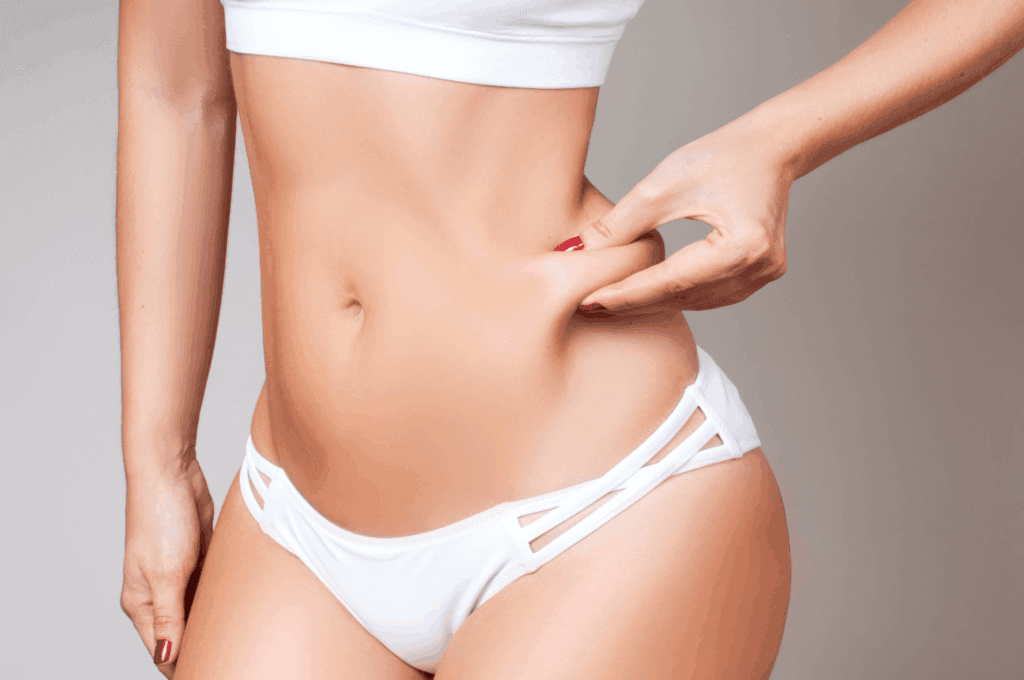
4. What to Expect During and After the Procedure
4.1. Pre-Procedure Preparation
Preparing for adipose tissue collection involves several steps to ensure a smooth and successful procedure:
- Tıbbi Değerlendirme: Undergo a thorough evaluation to assess your suitability for the procedure.
- Medication Adjustments: Follow your surgeon’s instructions regarding medications and supplements.
- Lifestyle Adjustments: Avoid smoking and alcohol, and maintain a healthy diet leading up to the procedure.
- Arrange for Support: Plan for someone to assist you during the initial recovery period.
4.2. During the Procedure
During the adipose tissue collection procedure, you can expect the following:
- Anestezi: You will be administered anesthesia to ensure comfort during the procedure.
- Incision and Fat Extraction: Small incisions are made, and adipose tissue is gently suctioned out.
- Processing: The collected adipose tissue is processed for its intended use.
- Kapanış: Incisions are closed, and dressings are applied.
4.3. Post-Procedure Recovery
After the procedure, focus on a smooth recovery with the following steps:
- Rest and Recovery: Allow your body time to heal and avoid strenuous activities.
- Pain Management: Use prescribed medications to manage any discomfort.
- Follow-Up Appointments: Attend scheduled appointments to monitor your progress.
- Aktivitelere Kademeli Dönüş: Gradually resume normal activities as advised by your surgeon.
4.4. Expected Outcomes and Results
The outcomes of adipose tissue collection and transfer can vary based on the procedure and individual factors. Generally, you can expect:
- Improved Body Contours: Enhanced shape and proportions in treated areas.
- Natural-Looking Results: A more natural appearance compared to synthetic alternatives.
- Long-Lasting Effects: Results that can be maintained with a healthy lifestyle.
Pro Tip: Maintain open communication with your surgeon throughout your recovery to address any concerns and ensure the best possible outcomes.

Conclusion: Empowering Your Journey with Adipose Tissue Collection
Key Takeaways
- Adipose tissue collection is a versatile process used in various medical and cosmetic procedures, including fat transfer and regenerative medicine.
- Methods such as liposuction, fat transfer, and biopsy techniques are commonly used to collect adipose tissue.
- Proper processing and preparation of adipose tissue are essential for ensuring safety and effectiveness.
- Understanding the benefits, risks, and recovery process can help you make informed decisions and achieve optimal results.
Next Steps
Ready to explore adipose tissue collection for your medical or cosmetic needs? Here’s what to do next:
- Consult with a qualified medical professional to discuss your goals and determine the best approach for your needs.
- Undergo a thorough medical evaluation to ensure you are a suitable candidate for the procedure.
- Follow your surgeon’s pre- and post-operative instructions to prepare for the procedure and support your recovery.
- Maintain a healthy lifestyle to optimize and preserve your results.
Şu anda Cerrahi ekibi, we are committed to providing personalized and comprehensive care to help you achieve your aesthetic and health goals. Contact us today to schedule a consultation and take the first step toward transforming your body and enhancing your well-being!
Sıkça Sorulan Sorular (SSS)
1. How is adipose tissue collected for fat transfer procedures?
Adipose tissue is typically collected using liposuction techniques, where fat is suctioned from donor areas such as the abdomen, thighs, or flanks. The collected fat is then processed and prepared for transfer to the desired area.
2. What areas of the body can adipose tissue be collected from?
Adipose tissue can be collected from various areas, including the abdomen, thighs, flanks, buttocks, and arms. The choice of donor site depends on the availability of fat and the specific procedure being performed.
3. Is adipose tissue collection painful?
The level of discomfort during adipose tissue collection varies depending on the method used and the individual’s pain tolerance. Most procedures are performed under anesthesia to minimize pain, and post-operative pain can be managed with prescribed medications.
4. How long does it take to recover from adipose tissue collection?
Recovery time varies based on the extent of the procedure and the individual’s healing process. Generally, most individuals can return to light activities within a few days and resume normal activities within a few weeks.
5. Can adipose tissue be used for regenerative medicine?
Yes, adipose tissue is rich in stem cells and can be used in regenerative medicine applications. The tissue is processed to isolate stem cells, which can then be used for various therapeutic purposes, including tissue repair and wound healing.
6. What are the risks associated with adipose tissue collection?
Potential risks include infection, bleeding, swelling, bruising, and asymmetry. Choosing a qualified surgeon and following proper pre- and post-operative care can help minimize these risks.
7. How is adipose tissue processed after collection?
After collection, adipose tissue undergoes centrifugation, filtration, and purification to separate fat cells from other components. The processed tissue is then prepared for its intended medical or cosmetic use.
8. What should I expect during the adipose tissue collection procedure?
During the procedure, you can expect to be administered anesthesia, followed by the insertion of a cannula to suction out the adipose tissue. The collected tissue is then processed and prepared for its specific application. Your surgeon will provide detailed instructions for pre- and post-operative care.
Our Surgeons and Affiliated Professionals
Surgyteam olarak, her biri zengin uzmanlık ve hasta merkezli bakıma bağlılık getiren seçkin bir tıp profesyonelleri ekibiyle işbirliği yapmaktan gurur duyuyoruz.
- Dr. Mehmet Fatih Okyay (Dr. MFO): Plastik, Rekonstrüktif ve Estetik Cerrahi Uzmanı. Surgyteam'in kurucu ortağı. FEBOPRAS sertifikalı.https://www.dr-mfo.com/)
- Dr. Selçuk Yılmaz: Plastik, Rekonstrüktif ve Estetik Cerrahi Uzmanı.https://drselcukyilmaz.com)
- Dr. Ebru Okyay: Dermatoloji Uzmanı. (https://drebruokyay.com/)
- Dr. Mustafa Keleş: Estetik, Plastik ve Rekonstrüktif Cerrahi Uzmanı.https://www.medstar.com.tr/doktorlar/mustafa-keles/)
- Dr. Boray Yücel: Plastik, Rekonstrüktif ve Estetik Cerrahi Uzmanı.https://borayucel.com/)
- Dr. Sibel Atalay: Plastik, Rekonstrüktif ve Estetik Cerrahi Uzmanı. Uluslararası Sağlık Turizmi Yetki Belgesine Sahip Klinik.https://www.sibelatalay.com.tr/)
- Dr. Mert Meral: Plastik, Rekonstrüktif ve Estetik Cerrahi Uzmanı. EBOPRAS sertifikalı.https://mertmeral.com/)
Surgyteam hakkında daha fazla bilgi edinmek ve size nasıl yardımcı olabileceğimizi öğrenmek için lütfen web sitemizi ziyaret edin:
https://surgyteam.com/
Yasal Uyarı: Bu blog yazısı yalnızca bilgilendirme amaçlıdır ve tıbbi tavsiye teşkil etmez. Maliyetler tahminidir ve değişiklik gösterebilir. Kişiselleştirilmiş tavsiye ve tedavi için daima kalifiye bir sağlık uzmanına danışın.


